SEIS/EIS Advance Assurance: What It Is and How to Get It Right First Time
SEIS/EIS Advance Assurance: What It Is and How to Get It Right First Time
For many UK startups, unlocking investment from angel investors or early-stage funds often hinges on one thing: tax relief. And the most powerful tools in the UK startup toolkit are SEIS and EIS. But before investors commit, they usually want reassurance that your company qualifies.
That’s where Advance Assurance comes in, and this blog breaks it all down for you.
So, what is Advance Assurance?
Think of it as a confidence booster for your investors. HMRC reviews your documents and, if everything stacks up, gives you a letter confirming that your company appears to qualify for SEIS or EIS tax relief. It’s not a legally binding decision, but it shows investors you’ve done your homework and taken the right steps.
Without it, you may find that conversations stall. Many serious investors won’t even look at your pitch until you’ve got it.
When should you apply?
Ideally, you should apply before you issue any shares. If you issue them first, you can’t then apply retrospectively, and you might lose eligibility altogether.
We recommend applying once you’ve got investor interest, even if those commitments are tentative. HMRC guidance says 4–6 weeks for a response, but in our recent experience, replies can come through in as little as 10–14 days. That said, delays can happen, so build in breathing space.
What does HMRC want to see?
HMRC is trying to work out if you meet the rules, and if your investment round is real and imminent. To show this, you’ll need to include:
- A solid business plan or pitch deck that outlines your company’s activities and how they qualify under the SEIS/EIS rules
- A short explanation of how you’ll use the funds, they need to fuel growth or innovation, not repay loans or buy existing assets
- A current cap table, showing who owns what now and what things will look like after investment
- Information about your investors, if not named individuals, at least the type of investors you’re talking to
- Key company filings like your articles of association, certificate of incorporation, and any existing share agreements
If you’re applying for both SEIS and EIS, explain how you’ll split the funding and in what order the shares will be issued.
FAQs
Q: Can I apply for advance assurance without named investors?
Yes, but HMRC prefers some evidence that real investors are interested. Generic or speculative applications are more likely to be declined.
Q: How long does it take to get a response?
Officially 4–6 weeks. Realistically? We’ve seen responses in 10–14 days when the documents are clear and complete.
Q: What if I’ve already issued shares?
Then it’s too late for those shares, they won’t qualify. You can still apply for future rounds though, so act early.
Q: Can I apply for SEIS and EIS together?
Yes, and many do. But the application should clearly set out the split, with SEIS shares issued first. You can even do both in the same round with the right structure.
Tips for a Smooth Submission
Getting this right doesn’t have to be stressful, in fact, if you approach it like you're preparing for a funding round (which you are), it can run surprisingly smoothly.
First, make sure you're being specific. HMRC doesn't want to see vague promises about "growth" or "marketing spend." Instead, they want to understand how your raise will translate into tangible progress, whether that's hiring a lead developer, expanding your product line, or building out your MVP. The more concrete and measurable, the better.
Next, think carefully about your share structure and legal documents. It’s not uncommon for founders to have adopted template articles or included clauses that don’t quite work for SEIS or EIS. Something as small as a preference share or a missing statement of compliance can derail the whole thing. Make sure everything is in sync before you submit.
Your application itself should look and feel like a professional investment pack. If you’re already talking to investors, then most of the materials should exist, a cap table, a business plan or deck, a breakdown of how funds will be used. Pull these together into a clear narrative that shows HMRC your raise is legitimate and imminent.
And finally, if your company has any quirks, group structures, overseas elements, convertible notes, it’s worth speaking to an advisor before you hit submit. These things aren’t deal-breakers, but they do require a bit more care and explanation to get right.
What Happens After Approval?
HMRC will send you a reference number and a letter confirming they see no reason why your company wouldn’t qualify. This gives your investors the reassurance they need.
But remember: this is just the green light. Once shares are issued, you still need to:
- Submit the relevant compliance statement (SEIS1 or EIS1)
- File your SH01 and board minutes
Only once HMRC approves your compliance statement will your investors get their SEIS3/EIS3 certificates.
Our Support
We’ve handled hundreds of advance assurance applications and know exactly what HMRC looks for. If you want to reduce risk, speed up the process, and make sure investors have full confidence in your raise, we’re here to help.
📩 Email info@onthegoaccountants.co.uk or book a consultation.
Next in the series: Investor Decks, Cap Tables and Compliance; Accounting for Investment





